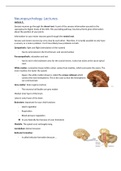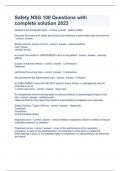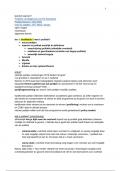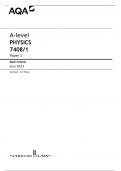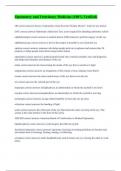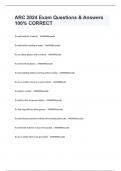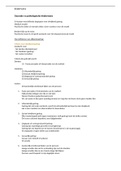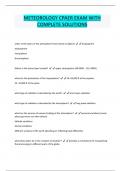Samenvatting
Complete summary Neuropsychology (VU Psychology)
- Vak
- Neuropsychology
- Instelling
- Vrije Universiteit Amsterdam (VU)
This is an elaborate and complete summary for the course neuropsychology (given by prof. Scherder). This course is offered at the VU in the second year of the bachelor psychology, or in the choice minor psychology. I also included some questions and answers. Using this summary I got a 9.2.
[Meer zien]
